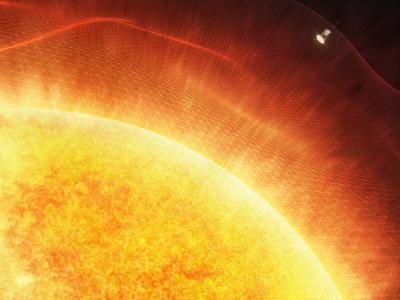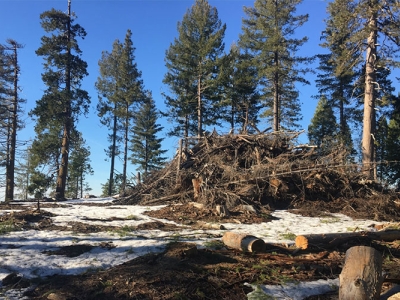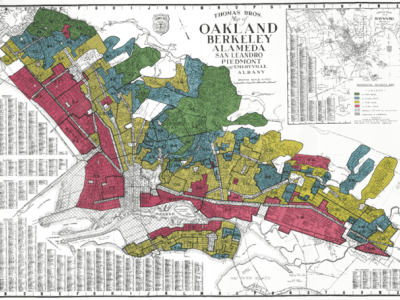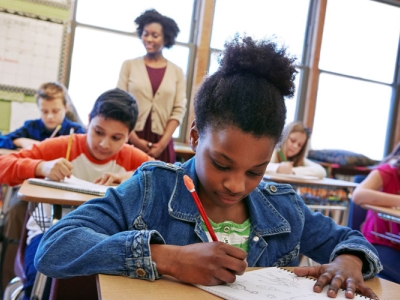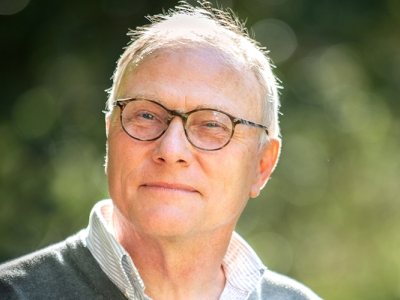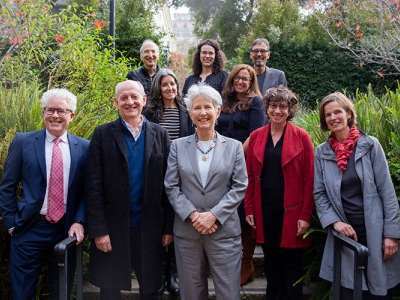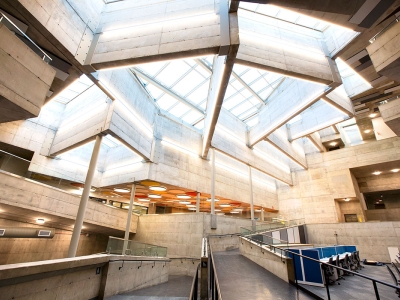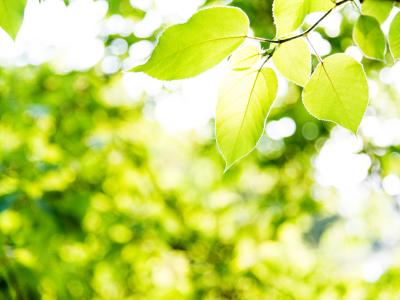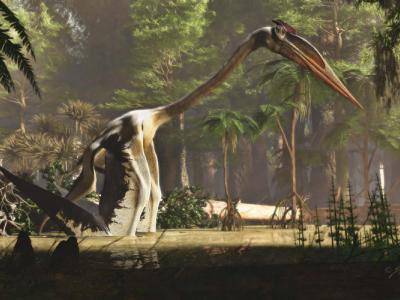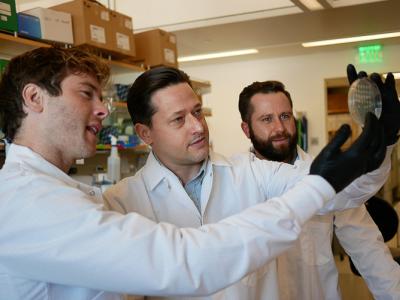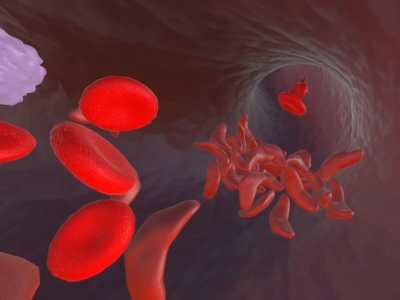or the first time in history, a spacecraft has touched the sun.
NASA’s Parker Solar Probe, which carries instruments built at UC Berkeley, flew through the sun’s upper atmosphere — the corona — for a few hours on April 28, 2021, sampling particles and magnetic fields for the first time from one of the hottest places in the solar system.
Research News
Learn more about UC Berkeley's researchers and innovators.
Showing 897 - 912 of 3495 Results
A new analysis by researchers at the University of California, Berkeley, provides a roadmap for how the state can effectively reduce wildfire risk through forest thinning while continuing to limit its carbon emissions.
A new study, Historical redlining and cardiovascular health: The Multi-Ethnic Study of Atherosclerosis, led by Berkeley Public Health’s Mahasin S. Mujahid, examined historical redlining, a discriminatory government-sanctioned policy and an indicator of structural racism, in relation to cardiovascular health.
A common stereotype is that growing up poor can stunt brain development due to adverse environmental conditions. But on a positive note, new UC Berkeley research suggests that children’s brains can adapt in different ways to socioeconomic challenges and excel.
In our latest study, we found that part of this energy demand is wasted on excessive cooling of offices. This is known as overcooling, where office temperatures are cooled beyond the comfort requirements of occupants. Our results also show that office temperatures are generally less comfortable for women largely due to this overcooling.
UC Berkeley economist David Card received his 2021 Nobel Prize in a ceremony Wednesday and used the august occasion to encourage others in his field to embrace innovative research design that engages real-world human issues.
Chancellor's Professor Rucker C. Johnson has won the 2022 Grawemeyer Award in Education for his work on school integration.
UC Berkeley announced that the campus will be home to a new Kavli Center for Ethics, Science, and the Public, which, alongside a second center at the University of Cambridge in the United Kingdom, will connect scientists, ethicists, social scientists, science communicators and the public in necessary and intentional discussions about the potential impacts of scientific discoveries.
After two years of construction, the Bakar BioEnginuity Hub (BBH) is scheduled to open in February 2022. The world-class facility pairs the Bakar Labs incubator with fellowships and programming for Berkeley students and researchers, equipping current and aspiring entrepreneurs in the STEM world with labs, offices, equipment and shared community spaces that aim to encourage collaboration.
In a new CSHE research paper College Major Restrictions and Student Stratification(link is external), CSHE Research Associate Zachary Bleemer and Aashish Mehta show that underrepresented minority (URM) college students have been steadily earning degrees in relatively less-lucrative fields of study since the mid-1990s. Their paper reveals that this widening gap is principally explained by rising stratification at public research universities, many of which increasingly enforce GPA restriction policies that prohibit students with poor introductory grades from declaring popular majors.
New research from Berkeley Lab and UC Berkeley shows that plants are photosynthesizing more in response to more carbon dioxide in the atmosphere.
Look around any wetland today and you’re likely to see 3-foot-tall egrets or 4-foot-tall herons wading in the shallows in stealthy search of fish, insects or crustaceans.
But 70 million years ago, along the Rio Grande River in Texas, a more impressive and scarier creature stalked the marshes: the 12-foot-tall pterosaur known as Quetzalcoatlus. With a 37- to 40-foot wingspan, it was the largest flying animal that ever lived on Earth.
To date, CRISPR enzymes have been used to edit the genomes of one type of cell at a time: They cut, delete or add genes to a specific kind of cell within a tissue or organ, for example, or to one kind of microbe growing in a test tube.
Now, the University of California, Berkeley, group that invented the CRISPR-Cas9 genome editing technology nearly 10 years ago has found a way to add or modify genes within a community of many different species simultaneously, opening the door to what could be called “community editing.”
If you can’t stop saying or doing things that you later regret, here’s a diagnostic test for you: UC Berkeley researchers have pioneered a way to better determine when acting on one’s worst impulses verges on pathological.
A small clinical trial of a CRISPR cure for sickle cell disease, approved earlier this year by the U.S. Food and Drug Administration, has received $17 million to enroll about nine patients, the first of which may be selected before the end of the year.
The funds — $8.4 million from the California Institute for Regenerative Medicine (CIRM) and $8.6 million from the National Heart, Lung, and Blood Institute (NHLBI) — were awarded to UCSF Benioff Children’s Hospital Oakland, which will coordinate the four-year clinical study in collaboration with colleagues at the University of California, Berkeley, and UCLA.
In addition to the threat to residential neighborhoods, new research from UC Berkeley School of Public Health and UCLA Fielding School of Public Health suggests sea level rise will expose over 400 industrial facilities and contaminated sites in California, including power plants, refineries, and hazardous waste sites, to increased risk of flooding. Increased flooding can come with risks of contamination releases into nearby communities.

